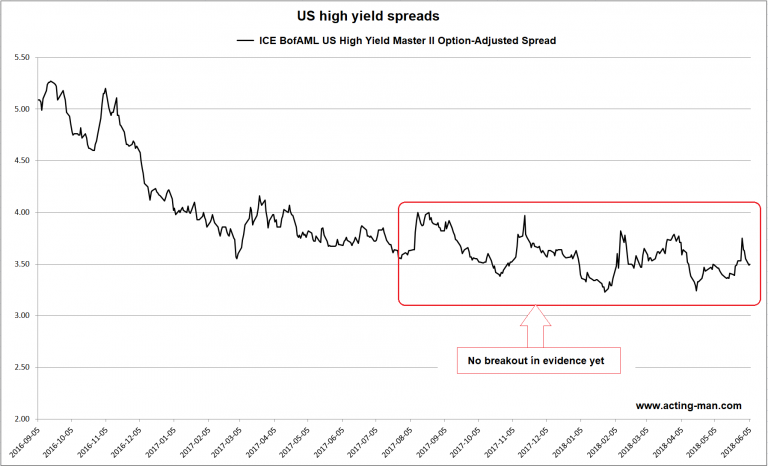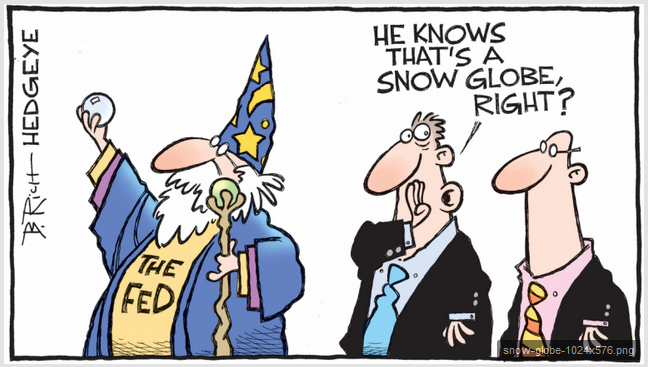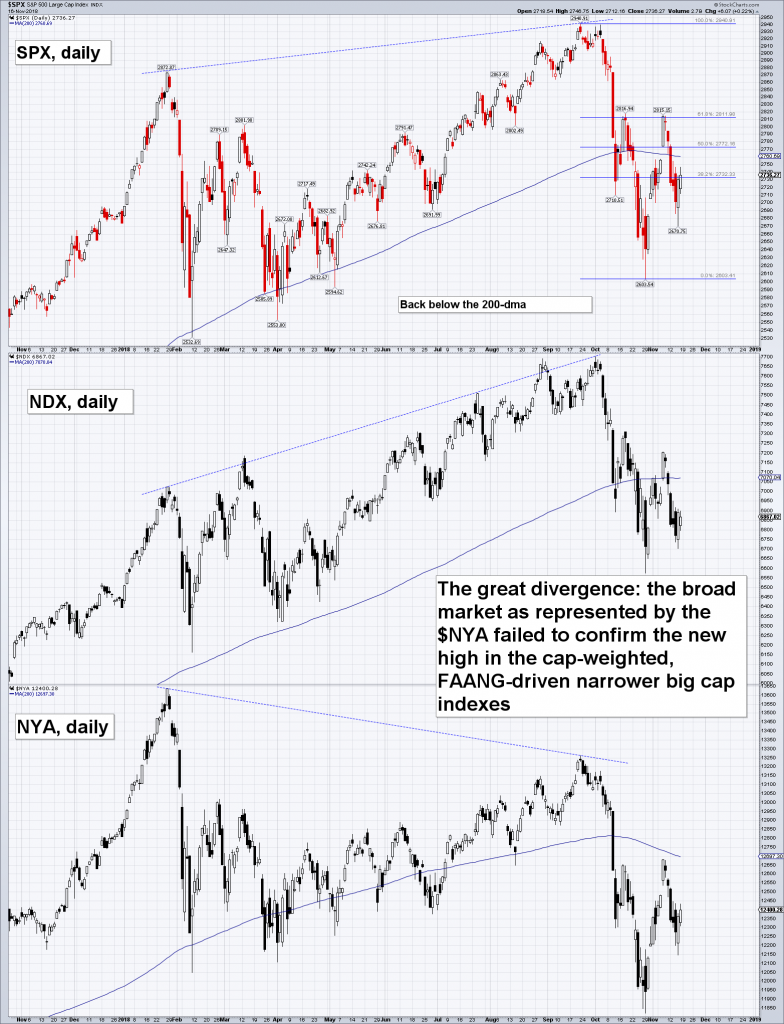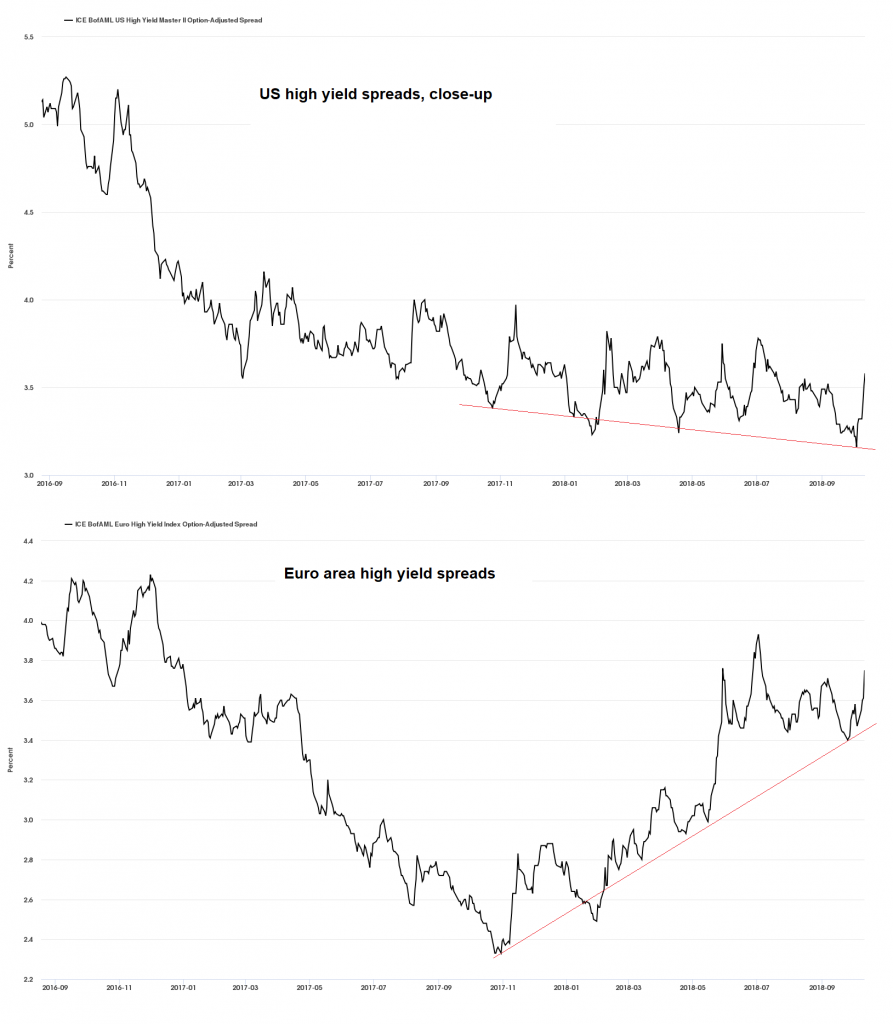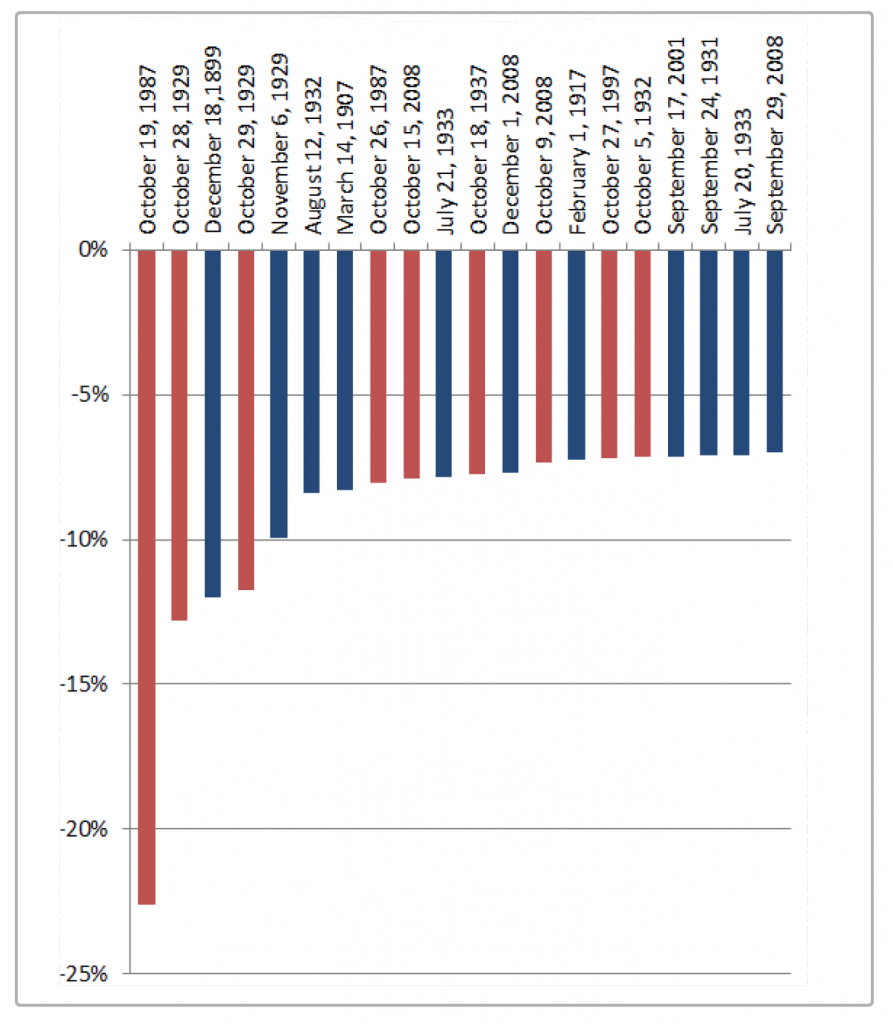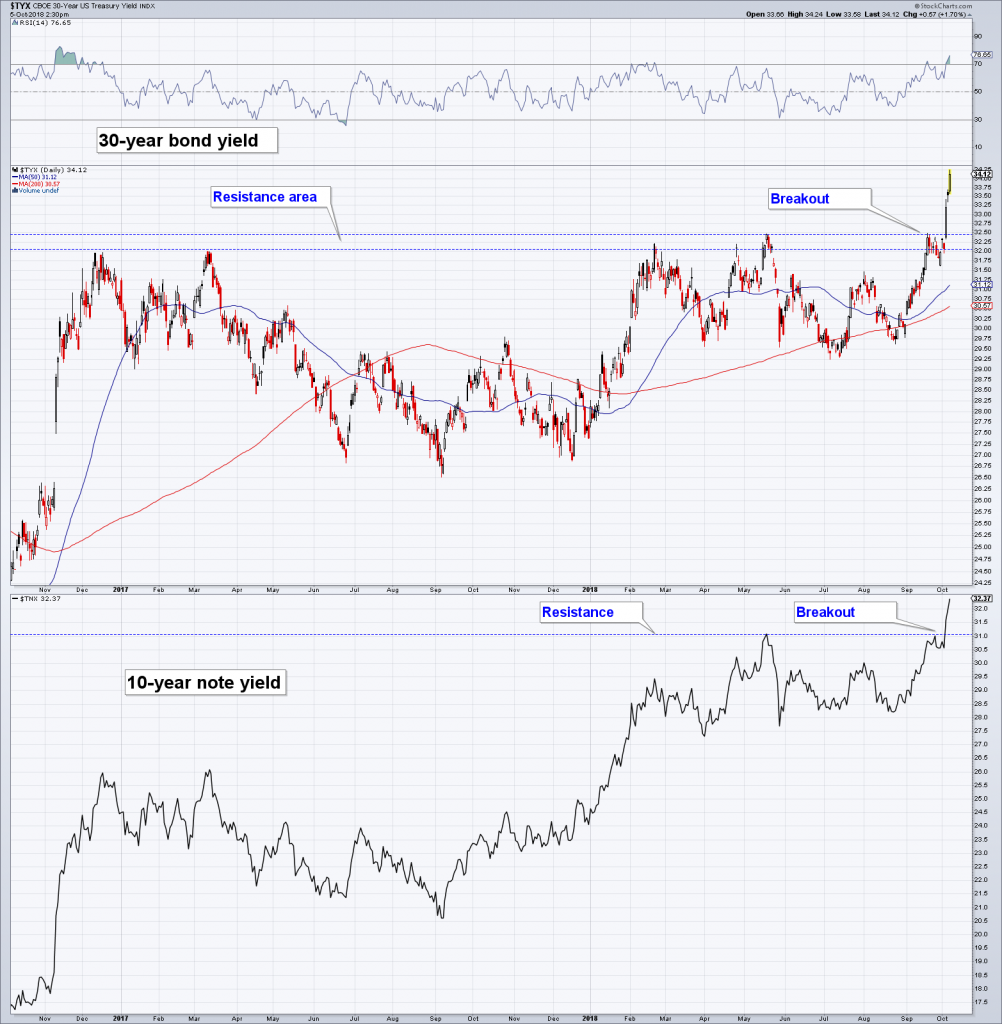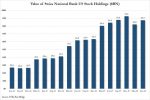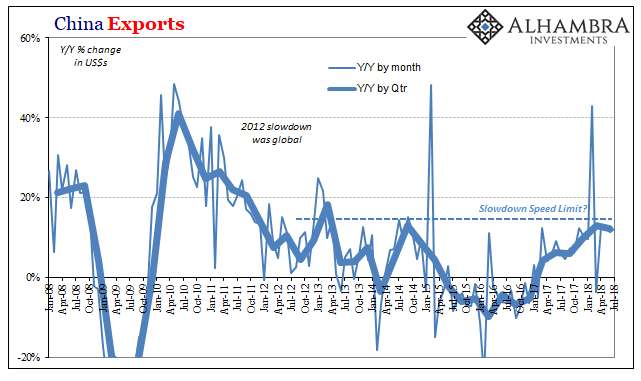Junk Bond Spread BreakoutThe famous dead parrot is coming back to life… in an unexpected place. With its QE operations, which included inter alia corporate bonds, the ECB has managed to suppress credit spreads in Europe to truly ludicrous levels. From there, the effect propagated through arbitrage to other developed markets. And yes, this does “support the economy” – mainly by triggering an avalanche of capital malinvestment and creating the associated boom conditions, while “investors” (we use the term loosely) pile into ridiculously overvalued bonds that will eventually saddle them with eye-watering losses. Readers may recall previous discussions of credit spreads in these pages – on a whim we likened the demise of creditor suspicion to the dead Norwegian Blue in the Monty Python sketch. Credit is considered “suspicion asleep”, and the debate in the sketch revolves around whether the bird is merely sleeping or actually dead. Given what has occurred in credit spreads over the past two years, it is not too far-fetched to state that creditor suspicion appears to be dead rather than just asleep. |
|
| But we knew it would do the zombie thing and wake up again one day. We refer you to The Coming Resurrection of Polly and An Update on Polly for some background information. In the former we discussed inter alia how credit spreads have behaved in the past in the final stages of a boom and showed numerous charts illustrating what we believed to be quite important points; something traders and investors needed to file under “things to keep a close eye on”.
The points were a) the end comes very suddenly (and hence “unexpectedly”) every time and b) from a technical perspective, all it took on past occasions was a breakout in spreads above the nearest lateral resistance level. A small, barely noticeable breakout, followed by a successful retest – and suddenly spreads would take off into the blue yonder. This is precisely what has just happened in euro-land, i.e., the global center of spread manipulation by a central planning agency. Behold a classic chart picture: |
BofA/Merrill Lynch Euro Area High Yield Index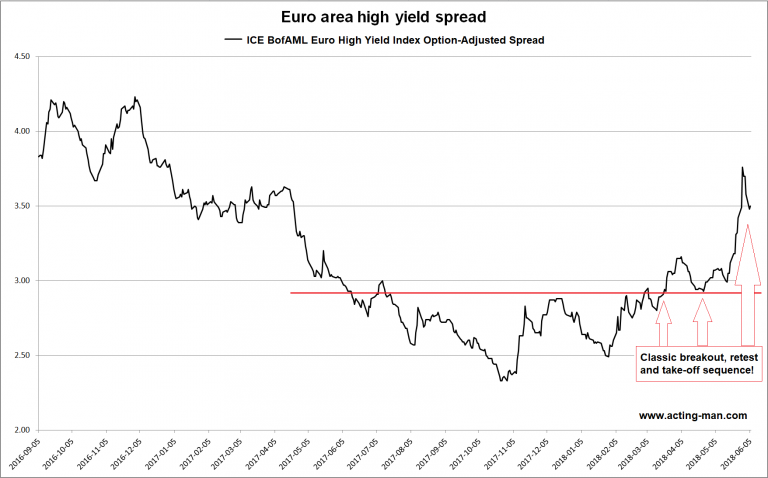 BofA/Merrill Lynch euro area high yield index spread (option-adjusted refers to the to the incorporation of early call options by issuers, which allow them to redeem bonds ahead of schedule). This is a picture-perfect breakout in junk bond spreads. Based on the technical picture, this market is now a screaming short (n.b.: prices move inversely to yields). - Click to enlarge |
Proceed with Caution AnywayIf you are pondering whether you should mortgage the farm, pimp grandma and sell your offspring into slavery to bolster your shorting wherewithal, hold your horses for a moment. As always there are caveats, despite the admittedly enticing technical imagery (coupled with the knowledge that corporate debt has been an accident waiting to happen for quite some time). We do see a potential opportunity here, but one should proceed with caution. Here is why. Consider that the driving force behind the breakout was a political event, namely the recent election in Italy. We are of two minds about this trigger event. On the one hand, the effects of political news on market action are notorious for their fleeting nature. This is all the more relevant in euro-land, where the eurocracy has proved on numerous occasions that it is able to enforce its diktats, no matter how determined its opposition appears to be. Just think back to the emasculation of Syriza in Greece, or in the context of Italy, the palace coup that deposed the up until then untouchable Cavaliere, Uncle Silvio. Keep in mind that this was a man on whose behalf Italy’s legislature passed laws that had no other purpose than to keep him out of legal trouble. And yet, it took the apparatchiks in Brussels very little effort to show him just who was actually the capo di tutti capi. Why would the Lega/5-Star coalition fare any better? As an aside, the Cavaliere is actually back in action these days, proving that he remains astonishingly resilient. |
|
| On the other hand, one could well argue that the trigger does not really matter and that it has simply pushed the market to a level that is more closely aligned with reality than the bizarre Potemkin village constructed by ECB intervention.
There is another caveat though: US high yield spreads have failed to mimic the action in Europe so far. No breakout over lateral resistance is in evidence. In fact, effective yields on the lowest-rated US junk bonds (CCC or lower) have recently declined even further – presumably because many of these were issued by energy companies, which are currently supported by fairly high crude oil prices. Yields on better-rated junk bonds have increased, but so have treasury yields. As a result there was no effect on spreads:
|
US High Yield Spreads |
Conclusion
Given the circumstances and the lack of “contagion” one might want to wait for US junk bond spreads to follow suit before jumping on the new trend. Keep in mind though that euro-area spreads were a leading indicator on the way down and the same may turn out to be the case on the way up. In short, at the very least the breakout in European junk bond spreads constitutes a warning sign for risk assets – which happens to be in line with the sharp slowdown in money supply growth since late 2016.
Full story here Are you the author? Previous post See more for Next postTags: central banks,Credit Markets,newslettersent











